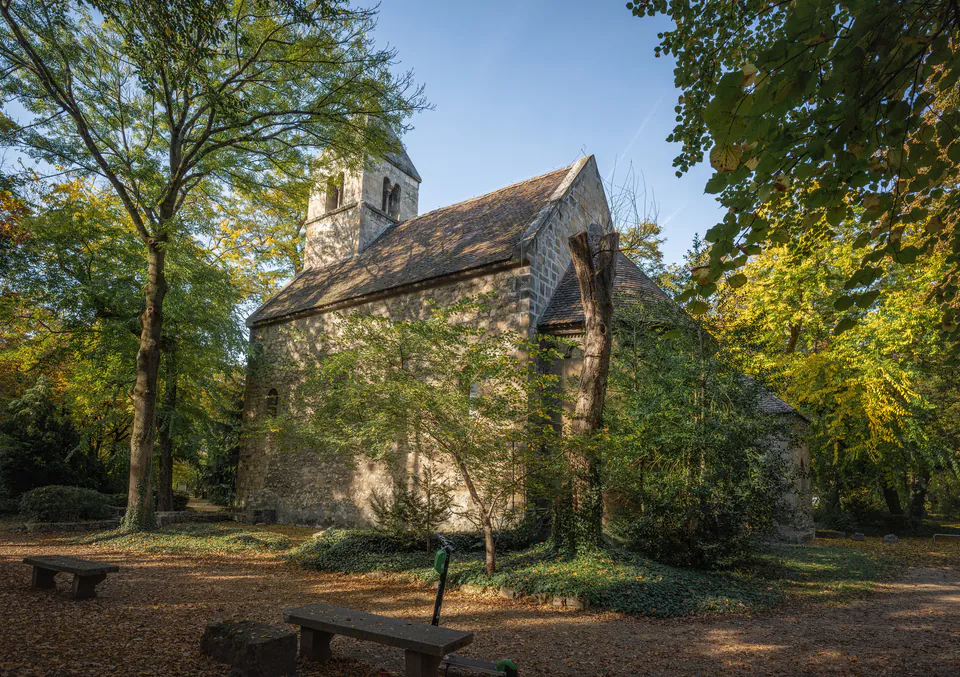Exploring Margaret Island, Budapest's Tranquil Urban Retreat
Picture this: you walk off a busy Budapest bridge and suddenly you're on this amazing island where cars can't go. Medieval ruins are everywhere, thermal springs bubble up from the ground, and it's just so peaceful. Margaret Island is like Budapest's secret escape - 2.5 kilometers of pure green space floating right in the middle of the Danube River between Buda and Pest. What used to be a royal hunting spot and monastery has turned into the city's favorite place to chill out.
We love how quiet it gets here. No cars means you only hear fountains, leaves rustling, and kids playing on the grass. These massive old sycamore trees are almost 40 meters tall and about 190 years old - they give great shade when you're jogging, biking, or just hanging out. You can watch the Musical Fountain dance to classical music, explore mysterious ruins from a 13th-century convent, or have a picnic surrounded by roses. Trust us, it feels like you're in a completely different world even though you're still in the city.
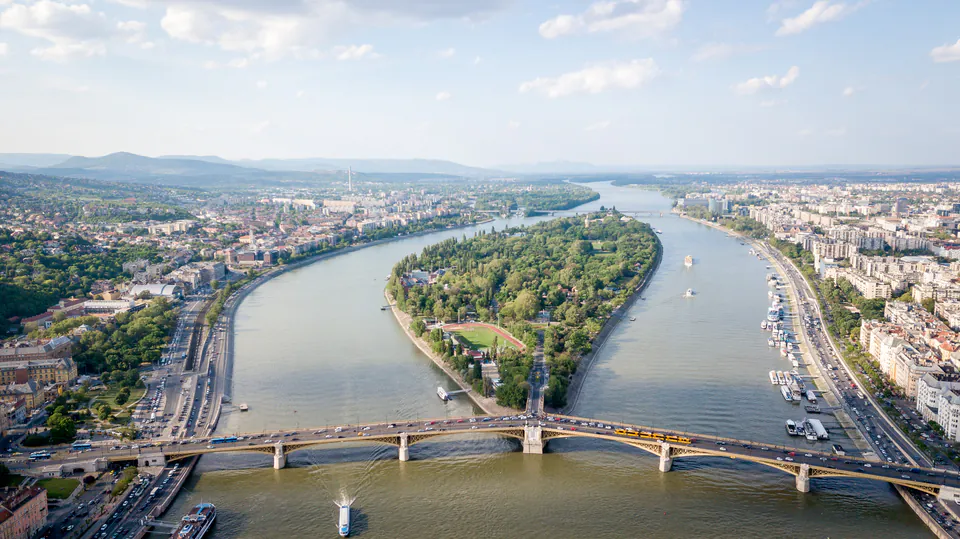
How This Island Got Its Story
Margaret Island has some pretty wild history packed into this peaceful spot. Way back when, people called it "Insula leporum" which means "Island of Rabbits" because it was full of wildlife. Then it became this huge religious center in medieval Europe. The island got its current name from Saint Margaret, who was King Béla IV's daughter. Her story is pretty dramatic.
Here's what happened: King Béla IV made this deal that if Hungary survived the Mongol invasion in the 13th century, he'd send his daughter to become a nun. When the Mongols left, young Margaret went to the Dominican convent on the island. She was so serious about her religious life that she turned down marriage proposals from powerful European rulers. You can still see where she's buried among the convent ruins, which is pretty amazing when you think about it.
The island started changing from a religious place to a public park in the 1700s when it became a popular resort spot. In 1790, the Hungarian Parliament gave the island to Archduke Alexander Leopold of Austria as a gift. He started developing it based on Vienna's Schönbrunn gardens. The big change happened in 1908 when Margaret Island officially became a public garden that everyone could enjoy.

How to Get There
Getting to Margaret Island is super easy thanks to Budapest's good public transport. The island sits between Buda and Pest, connected by Margaret Bridge on the south side and Árpád Bridge up north. You have tons of ways to get there.
We always tell people to take tram lines 4 or 6 from the Pest side - they stop right at the foot of Margaret Bridge and you just walk straight onto the island. From Buda, tram line 19 and the H5 suburban train will get you to the bridge area. Bus line 26 is the only public transport that's allowed to drive across the entire island, going from Margaret Bridge all the way to Árpád Bridge.
You can walk or bike across Margaret Bridge using the special walkways, which is a nice way to transition from the busy city streets to the peaceful park. Cars aren't allowed except for Bus 26, licensed taxis, and vehicles with special permits. That's what keeps the island so quiet and pedestrian-friendly.
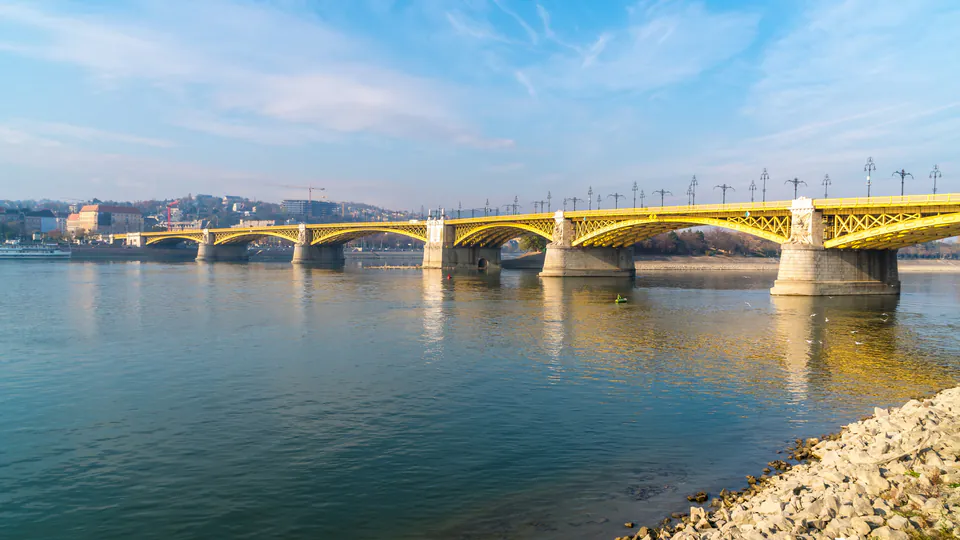
The Musical Fountain and Water Tower
The Musical Fountain is definitely the coolest thing on Margaret Island. It turns regular water into this amazing dance show. You'll find it near Margaret Bridge, and from May through October, it goes off every hour from 11 AM until 9 or 10 PM. The water shoots up to 10 meters high and moves perfectly with the music - they play everything from classical pieces to pop songs to traditional Hungarian music.
They fixed it up in 2013 and it's actually a UNESCO site now. The evening shows are magical when lights make the dancing water glow against the dark sky. We've seen families gathering on benches around it, couples having romantic moments, and photographers trying to capture the water, light, and music all together.
The Water Tower was built in 1911 and has this beautiful Art Nouveau style. If you're willing to climb 152 steps, you get amazing views of Budapest. It works as both a lookout tower and exhibition space, and it's open during summer from June through September. Like the Musical Fountain, UNESCO protects it because of its architectural and cultural importance to Budapest.

Gardens and Green Areas
Margaret Island is basically one big landscape park with old trees, shady paths, and huge lawns that make you feel like you're in nature instead of a busy city. The Rose Garden (Rózsakert) is the best part - hundreds of roses in so many different varieties that smell incredible when they're blooming. Both serious gardeners and casual visitors love this spot.
The Japanese Garden is really peaceful and sits in the northern part of the island. It has this thermal fish pond with beautiful koi fish, lily pads, bamboo, and a small waterfall. They built it in the 1970s and renovated it nicely in 2014. It's perfect for just sitting and thinking. There's this cute "Sitting Girl" statue that locals call the "Mermaid of Budapest" that adds character to the peaceful setting.
The old trees all over the island are pretty special. There's this huge sycamore that's almost 40 meters tall and about 190 years old. These big trees provide shade for all the picnic areas and playgrounds scattered around, so families can spend whole afternoons here surrounded by nature.
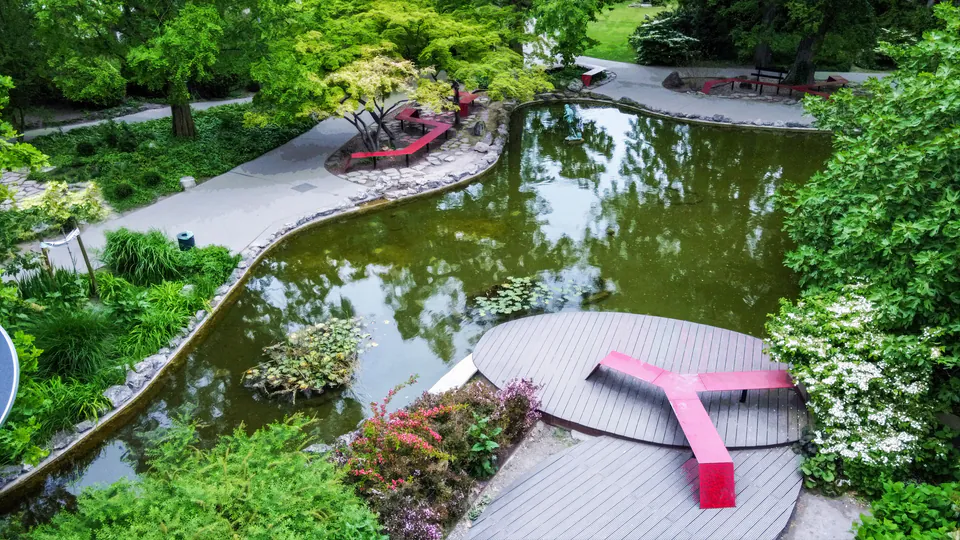
Thermal Baths and Spa Stuff
Budapest is famous for being a "Spa City" and Margaret Island definitely lives up to that reputation with its historic thermal springs and modern wellness facilities. Back in 1867, they found medicinal waters under the island when they drilled an artesian well. These healing waters come from three natural springs, which explains why people have been coming here for therapy for over 100 years.
Palatinus Strand was Budapest's first outdoor bath when it opened in 1919. Over the years they've expanded it to include different pools kept at perfect temperatures. The thermal pools stay nice and warm at 32-36 degrees Celsius all year, plus they have a wave pool, regular swimming pools, and areas just for kids. It's open daily during summer with shorter winter hours, and you have to pay entrance fees that change depending on the day and time.
The Ensana Thermal Margaret Island Hotel takes the spa experience up a notch with extensive facilities for both hotel guests and day visitors. They have indoor and outdoor thermal pools plus a full range of treatments. Day Spa tickets let you use the pools, saunas, and wellness amenities even if you're not staying at the hotel.
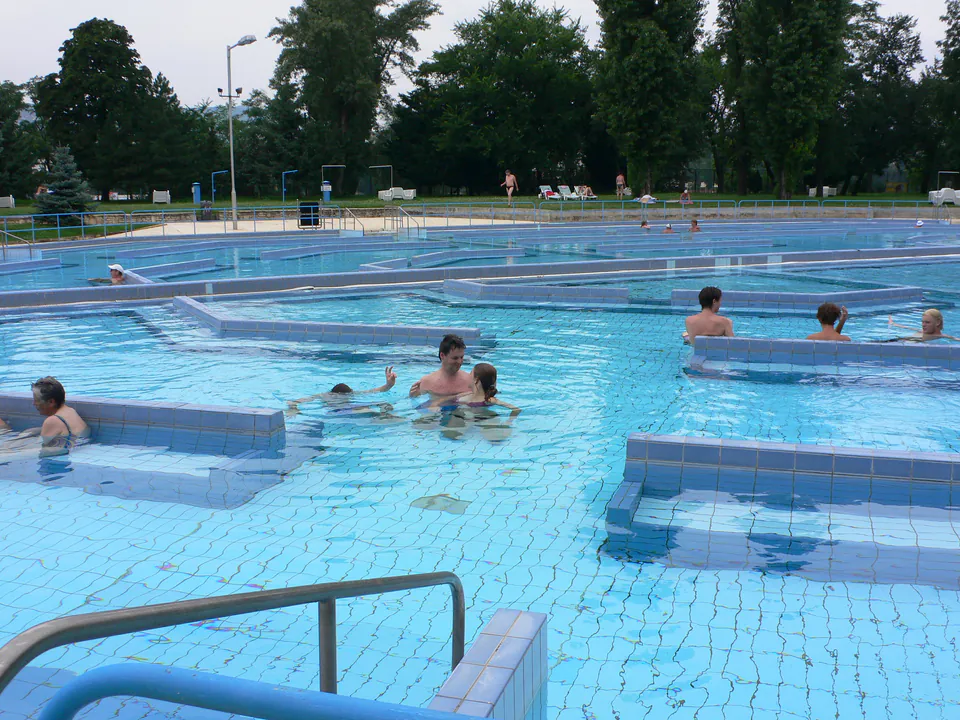
Cultural Events and Shows
Margaret Island gets really lively during summer when they host the Budapest Summer Festival from June through August or September. This program has concerts, musicals, dance shows, and theater productions at different spots around the island, especially at the Open-Air Theatre and the lit-up Water Tower.
The Open-Air Theatre can seat almost 3,000 people and hosts all kinds of performances - opera, ballet, musicals, and concerts with both international stars and famous Hungarian artists. During warm summer evenings, you can catch Jazzy Tower concerts at the beautifully lit Water Tower, which creates intimate musical experiences with Budapest's skyline twinkling in the background.
Winter has its own magic with Lumina Park, a seasonal light show that turns the area around Palatinus fürdő into this dazzling display of light sculptures based on fairytales and movies. This family-friendly attraction runs evenings until early March. You have to pay separate entrance fees but the experiences make winter visits really memorable.

Practical Info for Visitors
Margaret Island is open 24 hours every day, but individual attractions have their own schedules. Walking is the best way to explore since the island is so pedestrian-friendly and you really get to soak in the peaceful atmosphere. If you need to cover longer distances, Bus 26 goes across the entire island.
Bike rental is really popular for exploring, and there are lots of rental places on and near the island. You can also try bringó (pedal carts) and electric golf carts which add some fun to sightseeing. A tourist train runs seasonally and gives convenient tours of the major attractions, while e-scooter rentals are a modern option with some usage restrictions.
Margaret Island Attractions
| Attraction | Operating Hours | Entrance Fee (HUF) |
|---|---|---|
| Musical Fountain | May-Oct, 11:00-21:00 (Hourly) | Free |
| Water Tower | June-Sept | 300-500 |
| Japanese Garden | Daily | Free |
| Palatinus Strand | Daily, 09:00-19:30 (Summer) | 3200-3500 |
| Mini Zoo | May-Sept, 10:00-18:00 | Free |
| Lumina Park | Winter Evenings | 4100-4900 |
Spring and summer are the best times to visit when the parks are in full bloom, the weather is nice, and all the outdoor facilities are running. Early autumn, especially September through mid-October, is also great as the leaves change into beautiful colors. We recommend visiting on weekdays to avoid the weekend crowds when locals flood their beloved island retreat.
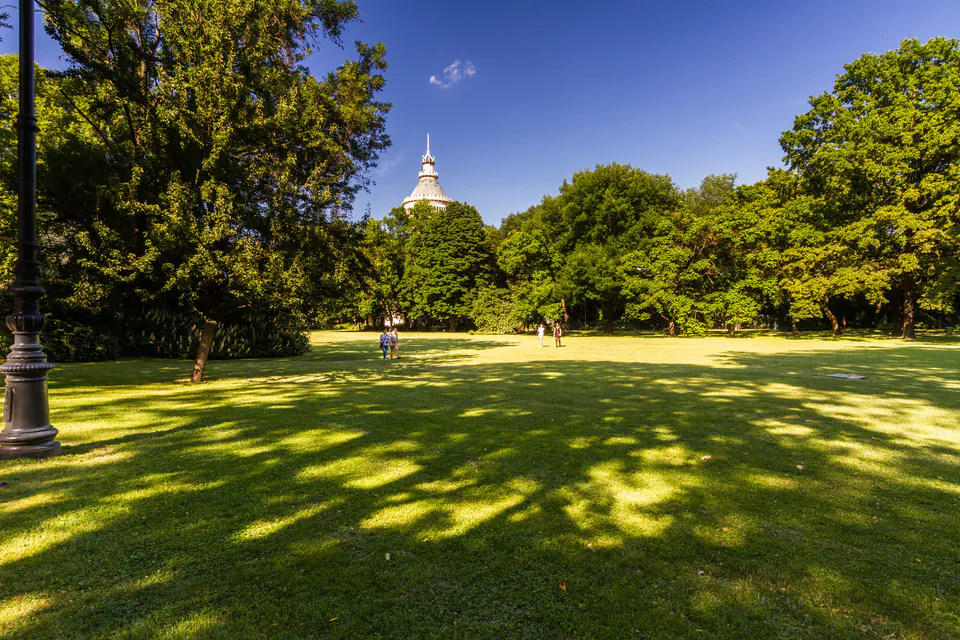
Medieval Ruins and Historic Sites
The island has some really cool medieval ruins that take you back to when it was one of Europe's most important religious centers. The Dominican Convent ruins, where Saint Margaret lived and took her vows, include her burial cover marking where she was originally laid to rest, a brick shrine with offerings people still leave, and viewpoints where you can look out over the atmospheric remains.
St. Michael's Chapel was founded in the 12th century and has this unique ceiling that shows off medieval building techniques. The Franciscan Monastery ruins go back to the 13th century, though the original church was destroyed during the Turkish conquest. What's left are these evocative stone remains that tell the story of the island's turbulent past.
The Centennial Memorial from 1973 sits near Margaret Bridge and commemorates the 100th anniversary of when Budapest became unified. Inside, you can see reliefs showing important events in Hungarian history, connecting the island's story to the bigger picture of Hungary's capital.
